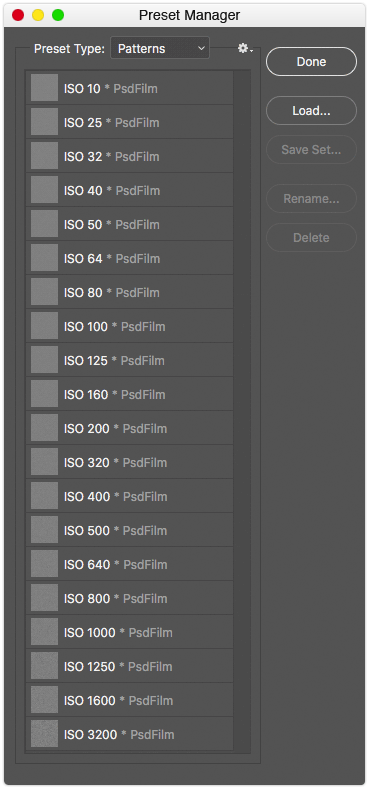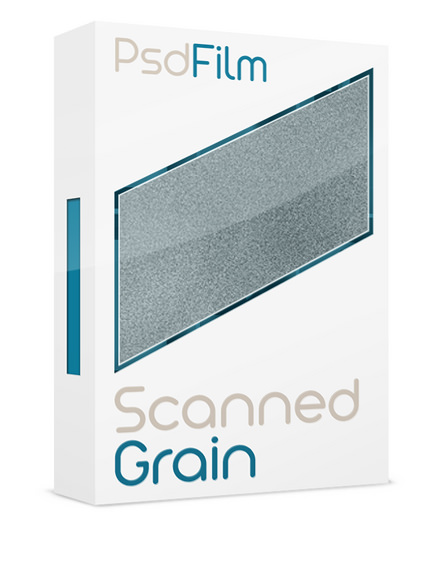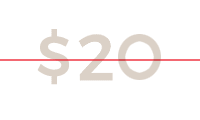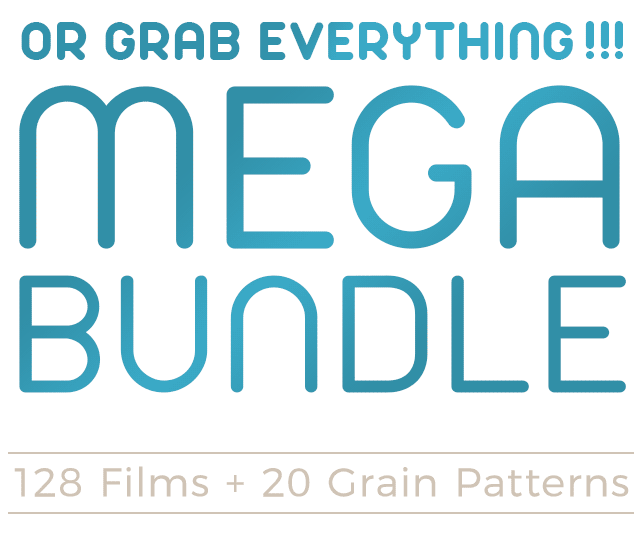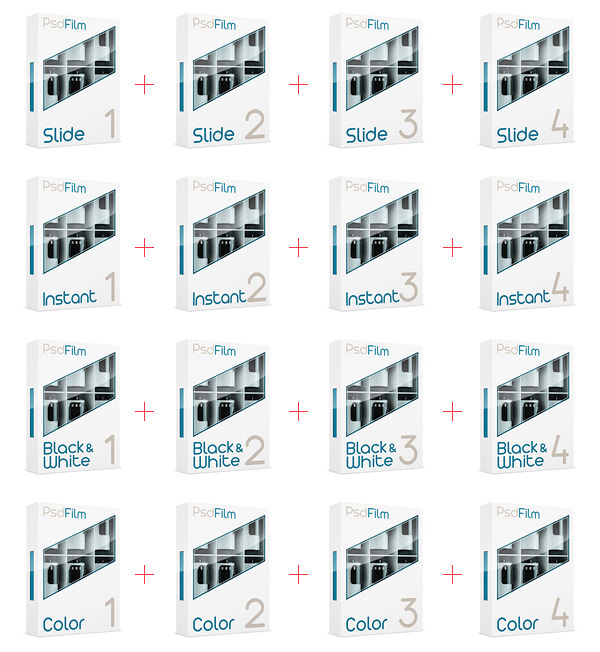Scanned Film Grain Texture Patterns for Photoshop
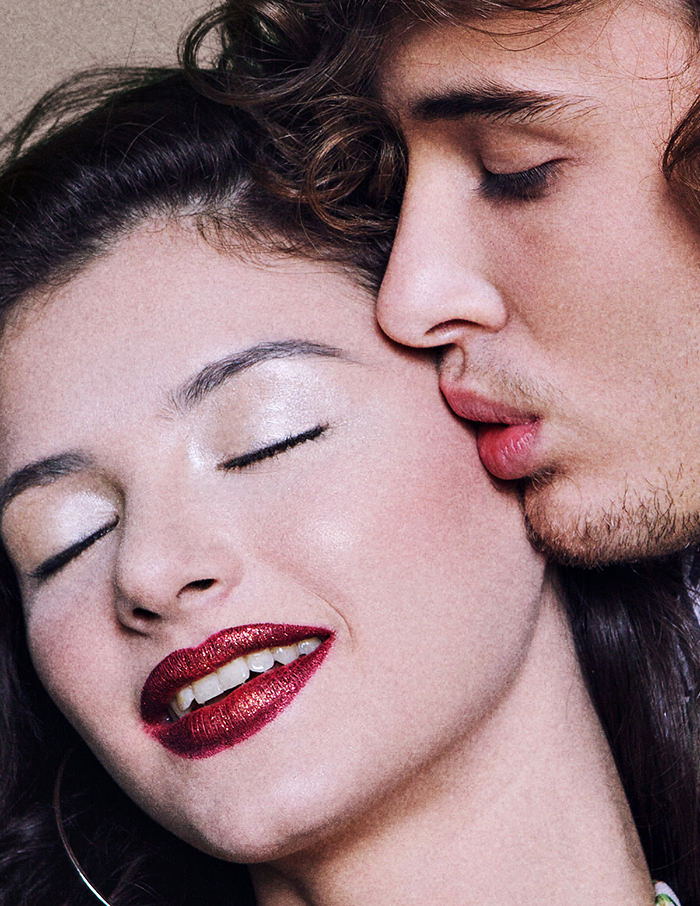

Photoshop Noise is NOT Real Grain
We are sure of what we say. Before confirming this statement, we have played what you can not imagine with Photoshop noise, trying to simulate real grain film. We did an extensive research on how to "emulate real film grain in Photoshop" and we completed ALL the tutorials out there about the topic. Some of them were really interesting. But even the best of the methods lacks something, yeah, let's be honest: IT IS SOMEWHAT ARTIFICIAL. At that point we realized that it's imposible to reproduce real film grain on a digital media, unless you have captured it before from the real world.
"All fake things will fall like withered flowers because no simulation can last for a long time." Marcus Tullius Cicero, Rome - 50 B.C.
Scanning and isolating the Grain
Experienced that, we realized that the one and only REAL option was to scan REAL film grain and then translate it into Photoshop patterns. This was another vantage over Lightroom that helped us to finally choose Photoshop as the best software to emulate vintage films look and grain. So we shot a cardboard painted it medium grey, under studio lighting, using films of all existing ISOs. ISO stands for International Standards Organisation. It is the responsible organism for classification of analog films according to their sensitivity to light. Analog films have more grain the more sensitive they are to light. The grain is the result of the emulsion of silver nitrate points, which react to light and, along with other chemicals, "create" the photo. We developed the films and scanned each copy at high resolution, cutting of certain parts of each scan to create tileable textures, this is, you can use them without size limitation. Et voilà, this was the way we created our collection of 20 scanned film grain patterns for Photoshop, classified by ISO, from 10 to 3200.
